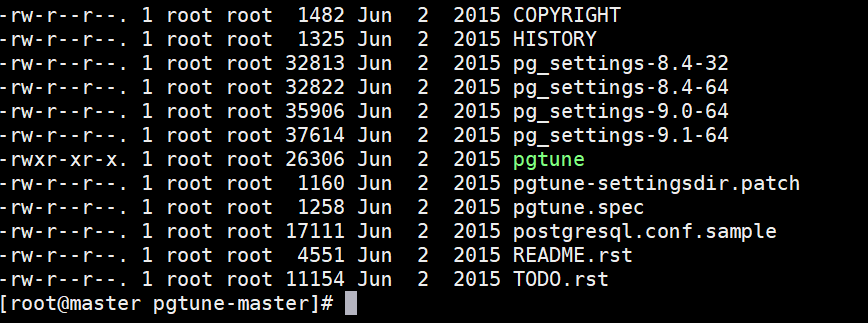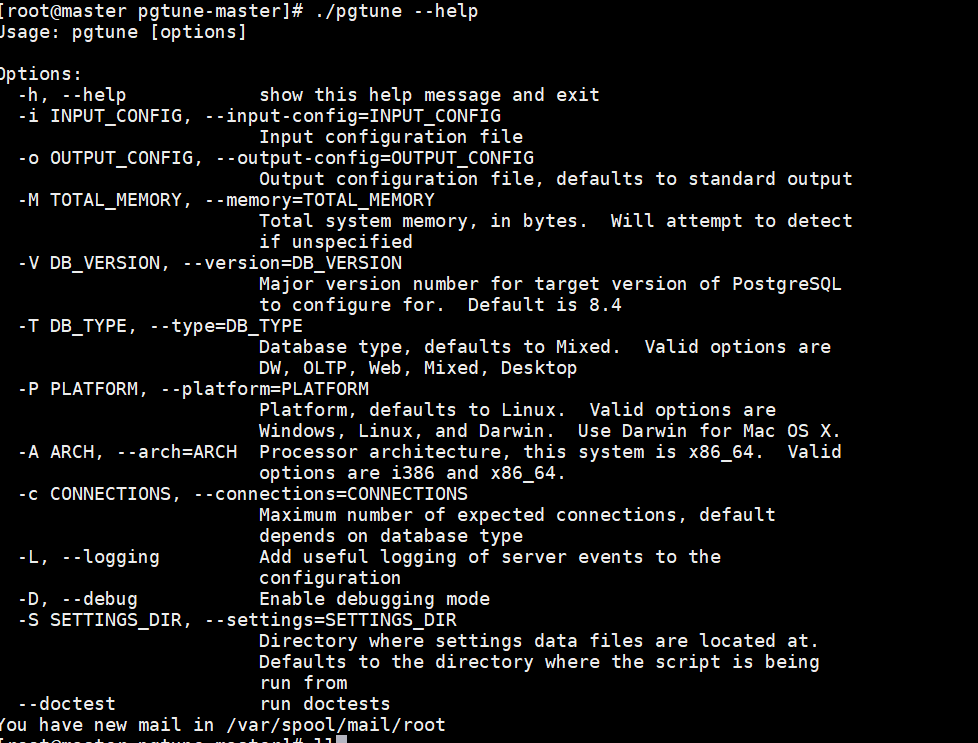In order to avoid problems and loss of performance in the PostgreSQL database, we need to make the necessary configurations from postgresql.conf.
There are some tools that perform the operations based on the postgresql.conf file and the parameters you give the system, but instead of these tools,
I recommend you to determine the necessary parameters by monitoring the system,
but you have installed postgresql for the first time and if you do not want it to stay in standard configurations,
you can use the pg_tune tool that I will talk about.
I think it is the tool that postgresql administrators should use for the beginning stage because it tells you the features that you can change by typing the system properties for the beginning.
Of course, when using this, it calculates using the standard configurations specified by PostgreSQL,
you can do it accordingly and change the parameters according to your experience and the functioning of your system in the future.
PgTune system analysis and the recommended configuration according to the parameters appear.
You can use the link below to download the files related to pg_tune.
1 | https://github.com/le0pard/pgtune |
After downloading the files specified in the link, we enter the downloaded directory and run pgtune with the help of the following commands.

While running pgtune, we need to enter the postgresql.conf path as follows.
We can see its different uses by running the command below.
1 | ./pgtune --help |

You can see the recommended configurations by specifying the number of connections below.
1 | ./pgtune -i /var/lib/postgresql/10/data/postgresql.conf -c 1000 |

If this seems confusing to you, you can use the given configuration by entering the DB version, operating system, DB type, total memory, cpu, connection numbers and disk-related values on the site linked below.
1 | https://pgtune.leopard.in.ua/#/ |
![]()
 Database Tutorials MSSQL, Oracle, PostgreSQL, MySQL, MariaDB, DB2, Sybase, Teradata, Big Data, NOSQL, MongoDB, Couchbase, Cassandra, Windows, Linux
Database Tutorials MSSQL, Oracle, PostgreSQL, MySQL, MariaDB, DB2, Sybase, Teradata, Big Data, NOSQL, MongoDB, Couchbase, Cassandra, Windows, Linux 